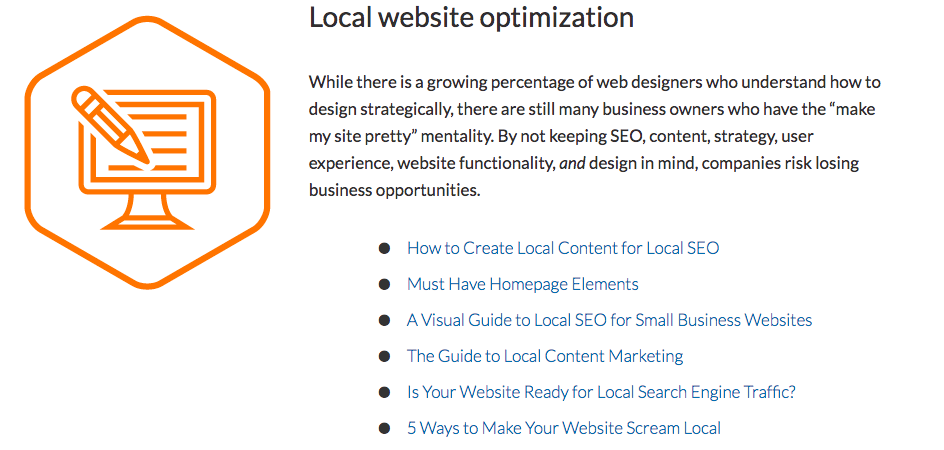The Role of Content Has Changed – Here’s How You Can Adapt written by John Jantsch read more at Duct Tape Marketing
It wasn’t too long ago that you could follow the formula below to attract and generate leads for your business:
- Develop a content upgrade, like an ebook
- Gate it behind a form on a landing page
- Drive people to your landing pages through blog posts, social media, advertising, and email campaigns
- People see the offer on the landing page, are interested, and give their contact information in exchange for the content
- Voila, you have a new lead that you can nurture to a sale
While content upgrades still work well as a lead capture tool, you need to now get creative with how to get eyes on it. The market is so saturated these days and so many businesses are now following this approach that it can be easy to get lost in all the noise.
I’ve been thinking about this for awhile now and began testing an approach that I had seen to start to emerge that I want to share with you. While my results have been significant, it may take time for business who are just getting started to see the same results, but in my opinion, it’ll be well worth it in the long run.
The key is to continue to position yourself as the expert in your field, and the best way to do this is to create and aggregate content into one place to show not only your visitors that you know what you’re talking about, but search engines as well.
Have I lost you? I hope not! To understand what I’m talking about, take a look at the details below.
Creating content – An evolved approach
As content continues to grow in importance for your business, it now must take on an elevated position in your strategy and planning.
The use of high-quality, education-based content has become a necessary ingredient in creating awareness, building trust, converting leads, serving customers and generating referrals.
Marketers these days have a lot in common with the traditional role of publishers. The good news is that the days of creating an infinite amount of thin content are over. You can create content less frequently, provided you structure it correctly and include a ton of value within it.
Today we have evolved into the “less is more” approach. Big content projects, even if there are only three per year, is better than writing a blog post every week, just because you think you should.
I’m currently experiencing great results with something that I’m calling Hub Pages. This is something many have already started doing and I understand why.
Content planning has really risen to the strategic level. It’s no longer an SEO tactic or simply content marketing. While we should certainly use it for those things, we must plan it at a foundational level.
At the risk of sounding like a broken record, content really is now air for your business as it impacts every channel, which elevates how we have to think about it.
Content becomes an asset over time
Content is no longer created for today or tomorrow. It is created as an asset that can be used throughout every stage of the Marketing Hourglass. Because of this, you need to think about the time and energy you need to invest to get it right.
Hub themes

I’ve talked about the Total Content System for years and it’s really driven by what I’m starting to call “hub themes.” These themes can be monthly, quarterly, or whichever timeframe you think is best.
Let’s say the theme for the month is “local marketing.” You’d want to drive all the attention you have to this idea of local marketing, so one of the main tabs on your website may become “The Ultimate Guide to Local Marketing.”
Instead of it just being a page that talks about local marketing services, it becomes a foundational page that has a tremendous amount of value about what local marketing is, with tons of resources and links that people can click through to for further information (it may even end up looking like a course).
All of the content you have pointing to it are like the sub-chapters of the hub theme. I not only have all of these internal pages driving back to this one hub page, I also include links to external, high-quality content on the page that can also be linked back to the hub page.
Hub pages are also a great way to organize existing content and get more use out of it. Driving it to, and including in, these hub pages is a great way to give old content new life.
With so many pages driving to one another, you’ll start to gain a lot of trust and authority from Google, which will eventually help to increase your rank in search engine results pages over time.
The role of content upgrades
Content upgrades are still the new free. When you put these hub pages together, still include content upgrades, like an ebook or webinar signup, on these pages. People will now see these content upgrades because you are driving more traffic to these pages and they are easier to rank for instead of individual posts.
So, what do you think about this approach? Have you started to implement these types of efforts in your business?
If you liked this post, check out our Guide to Building a Small Business Marketing Consulting Practice…see what I did there?
from Duct Tape Marketing https://www.ducttapemarketing.com/content-role-has-changed/
via IFTTT
No comments:
Post a Comment